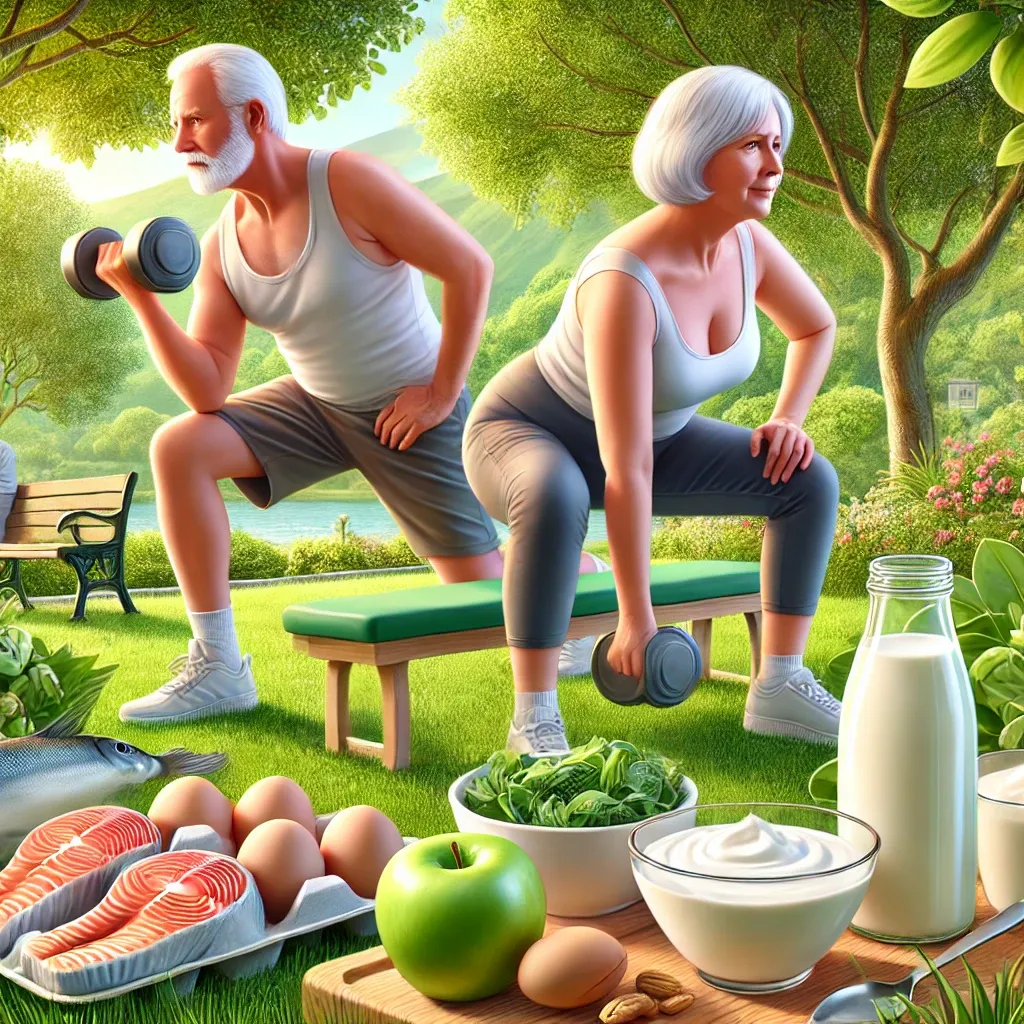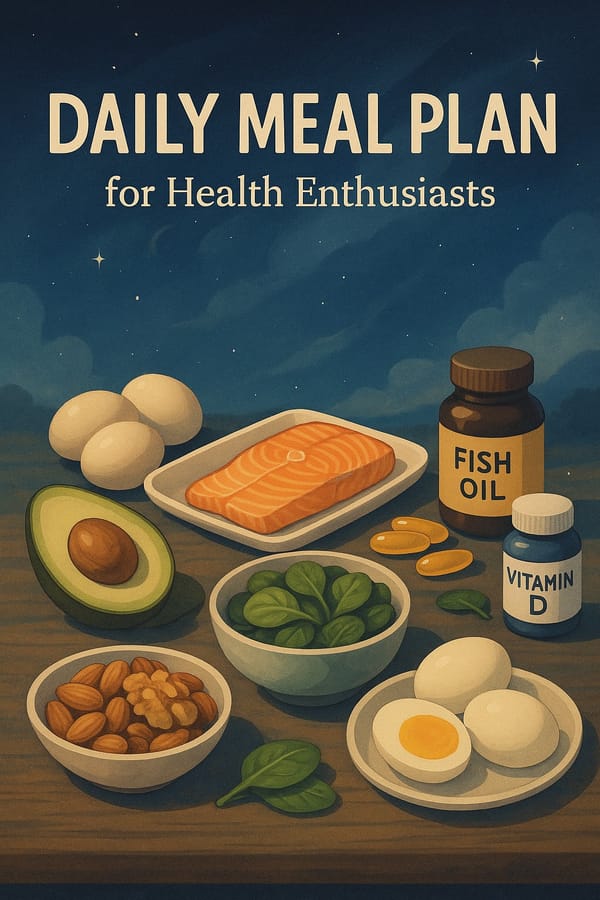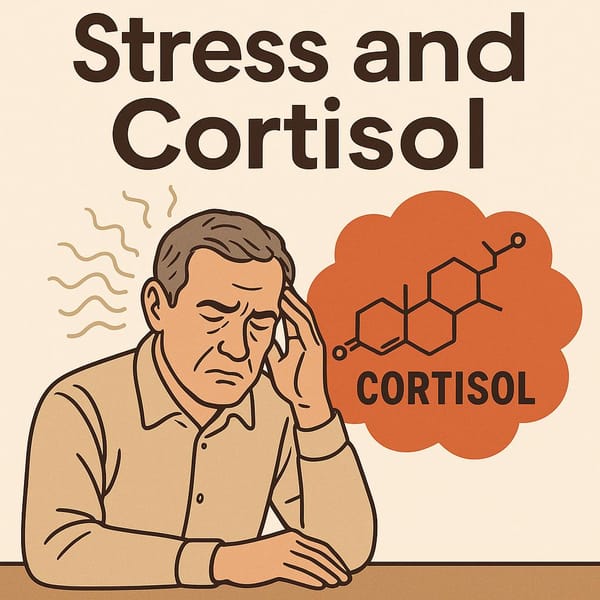Nutrition to Strengthen Bones and Joints for Age 50+: Tips to Prevent Osteoporosis and Osteoarthritis
Nutrition for enhancing bone and joint health in individuals aged 50+ for a strong, healthy body, with scientifically-proven guidelines to prevent osteoporosis and osteoarthritis.

Introduction
As we enter our 50s and beyond, our bodies have undergone decades of wear and tear, leading to unavoidable changes in bones and joints. Osteoporosis and osteoarthritis are common conditions that often appear during this stage of life. Taking proactive steps to maintain strong bones and joints is crucial to slowing degeneration and lowering the risk of pain or injury in the future. Adjusting our diet and lifestyle—such as engaging in regular exercise, getting adequate rest, and avoiding harmful chemicals or medications—is a key factor in promoting a higher quality of life over the long term.
This article provides scientific evidence and nutritional guidelines to strengthen bones and joints for individuals aged 50+, covering essential nutrients such as calcium, vitamin D, protein, magnesium, and beneficial fatty acids. It also suggests ways to incorporate these nutrients into daily meals and offers lifestyle advice tailored to meet the needs of the aging body.
Importance of Bones and Joints for the 50+ Age Group
- Structure and Support
- Bones and joints form the main structure that supports body weight and allows for free movement.
- As we age, bone density tends to decrease, increasing the risk of fractures.
- Mobility and Daily Activities
- Joint pain or osteoarthritis can make simple tasks—like walking, sitting, or doing household chores—challenging.
- Maintaining strong bones and joints helps ensure better mobility and a higher quality of life.
- Reducing Chronic Disease Risks
- Healthy bones and joints are linked to better metabolic function, and preventing osteoporosis and osteoarthritis can enhance overall well-being.
- Those with stronger skeletal systems can engage in regular exercise, thus reducing the risk of heart disease, diabetes, and obesity.
Key Nutrients for Bone and Joint Health
1. Calcium
- Calcium is a primary mineral that builds bones and teeth.
- Food sources: Milk, yogurt, cheese, broccoli, tofu, small fish with bones, and dark leafy greens.
- Recommended intake: Women over 50 generally need about 1,200 mg/day; men over 50 need around 1,000–1,200 mg/day (based on individual factors).
2. Vitamin D
- Vitamin D aids in the absorption of calcium from the intestines into the bloodstream and plays a role in bone growth.
- Food sources: Fatty fish (salmon, sardines), egg yolks, liver, and fortified dairy products.
- Sunlight synthesis: Just 10–15 minutes of sunlight exposure in the morning or late afternoon can suffice, but always protect your skin from overexposure.
3. Protein
- Protein is crucial for building muscle mass, which helps support bones and joints.
- Food sources: Lean meat, fish, eggs, beans, legumes, and various grains.
- Recommended intake: Approximately 1–1.2 grams per kilogram of body weight per day. For instance, if you weigh 60 kg, aim for 60–72 grams of protein.
4. Magnesium
- Magnesium helps regulate the balance of calcium in the body and assists in bone formation.
- Food sources: Dark leafy greens, pumpkin seeds, sunflower seeds, nuts, and bananas.
5. Omega-3 Fatty Acids
- These healthy fats reduce inflammation throughout the body and may help slow joint deterioration.
- Food sources: Fatty fish (salmon, tuna, sardines), flaxseeds, chia seeds, and walnuts.
Dietary Guidelines for Supporting Bone and Joint Health
- Variety and Balance
- Eat a wide variety of foods, including low-fat protein sources, colorful fruits and vegetables, whole grains, and dairy or dairy alternatives.
- Follow the principle of a balanced diet, making sure all five major food groups are represented in the right proportions.
- Increase Dark Leafy Greens
- Vegetables like kale, broccoli, and spinach provide calcium, magnesium, and other vitamins essential for bone health.
- Incorporate them into salads, soups, or stir-fries with olive oil.
- Dairy and Dairy Alternatives
- If you tolerate lactose, opt for low-fat milk, yogurt, or reduced-fat cheese.
- For those with lactose intolerance, calcium-fortified soy milk or almond milk can be good substitutes.
- Beans and Whole Grains
- Soybeans, lentils, red beans, black beans, as well as whole grains like oats, quinoa, and brown rice provide protein and a range of beneficial minerals.
- Use them in soups, salads, or roast them as a healthy snack.
- Fatty Fish
- Aim to eat fish at least twice a week, such as salmon, mackerel, or sardines, to get omega-3 fatty acids and vitamin D.
- This can help reduce inflammation in joints to some extent.
- Limit High-Sodium Foods
- Excessive salt intake can lead to calcium loss through urine.
- Cut back on processed, pickled, and instant foods, choosing fresh and minimally seasoned dishes instead.
- Avoid Sugary and Alcoholic Beverages
- Sugary drinks like soda can interfere with the absorption of certain vitamins and minerals.
- Excessive alcohol consumption increases the risk of osteoporosis and joint inflammation.
Physical Activities and Lifestyle Recommendations
- Low-Impact Exercises
- Brisk walking, swimming, yoga, or cycling are great for strengthening muscles and bones without overloading the joints.
- Aim for at least 150 minutes of moderate-intensity exercise per week, or about 30 minutes per day.
- Strength Training
- Light weightlifting, resistance bands, or bodyweight exercises help support bone density and joint function.
- Try to train 2–3 times a week, allowing rest days for muscle recovery.
- Balance Training
- Especially important for older adults to reduce the risk of falls.
- Practice standing on one leg, walking in a straight line, or try Tai Chi for better stability.
- Adequate Sleep and Rest
- The body repairs and regenerates tissues during sleep; insufficient rest can hinder bone and joint restoration.
- Avoid Risky Behaviors
- Smoking and excessive alcohol can compromise bone mass and increase susceptibility to osteoporosis and joint issues.
Tips for Choosing Dietary Supplements
- Check Vitamin and Mineral Levels First
- Consult a doctor or nutritionist to assess for deficiencies in vitamin D, calcium, or other nutrients.
- Choose Quality Products
- Opt for supplements certified by reputable agencies, such as the FDA or other recognized standard-setting organizations.
- Do Not Exceed Recommended Amounts
- Excessive intake of calcium or vitamin D can be harmful—potentially causing kidney stones or calcification in soft tissues.
External Links
- Harvard Health Publishing – In-depth resources on nutrition and health research
- World Health Organization (WHO) – Global standards and recommendations
Conclusion
Strengthening bones and joints for individuals aged 50+ is not a difficult task if you focus on the right nutrition and lifestyle changes. Emphasize a diet rich in calcium, vitamin D, protein, and essential minerals, combined with regular, suitable exercise to reduce the likelihood of osteoporosis and osteoarthritis. In addition, ensure proper rest and avoid risky behaviors like smoking or drinking excessive alcohol to maintain robust bones and joints in the long term.
By consistently caring for your bone and joint health, you’ll enjoy a body capable of carrying you comfortably through daily activities, enabling a more active and fulfilling life. And if you ever have concerns or require more detailed advice, consult a medical professional or a registered dietitian for personalized guidance.
Disclaimer: This article is intended for general information only and does not replace professional medical advice. If you experience any unusual symptoms or issues, consult a qualified healthcare provider for a proper evaluation.



